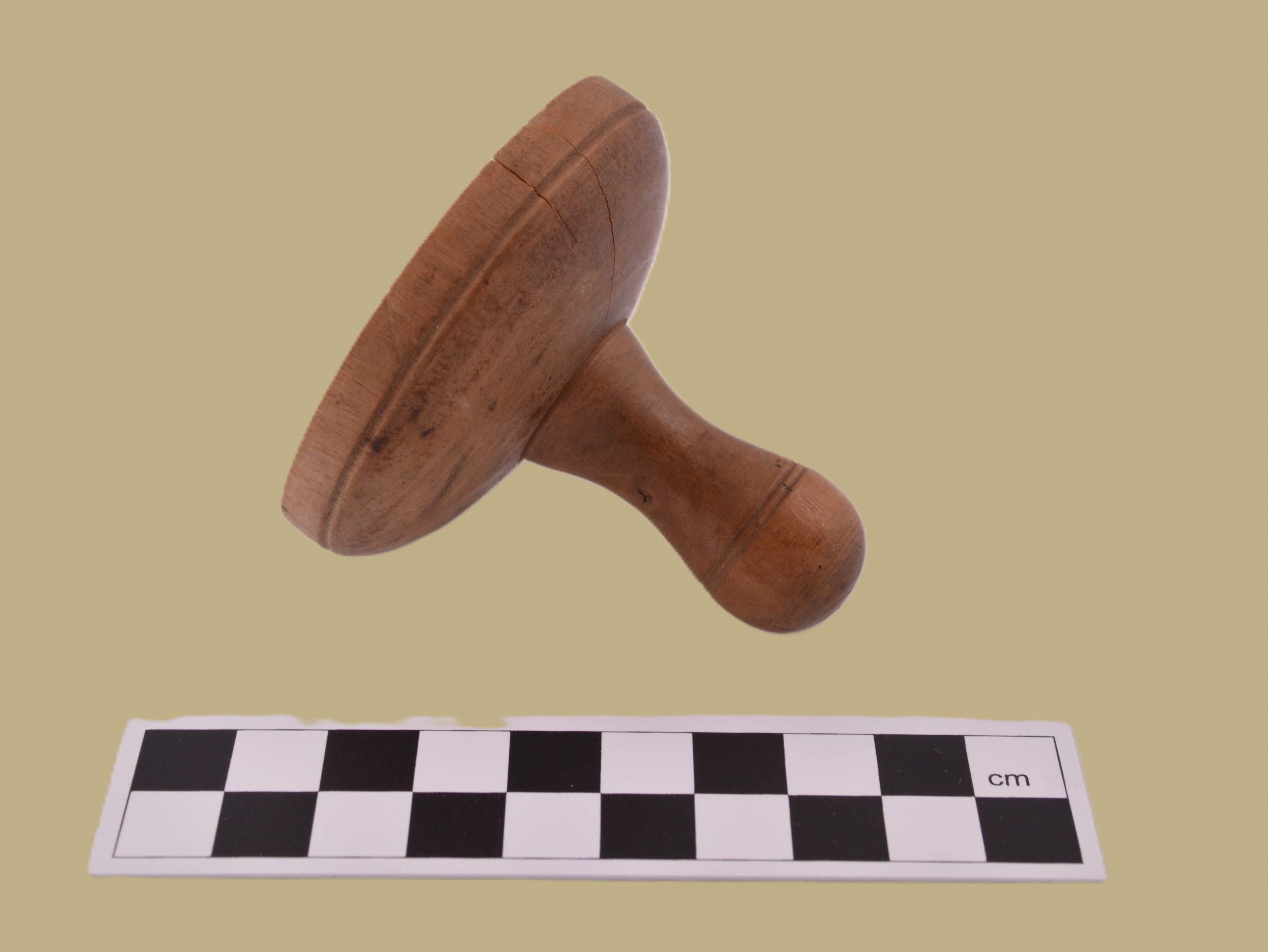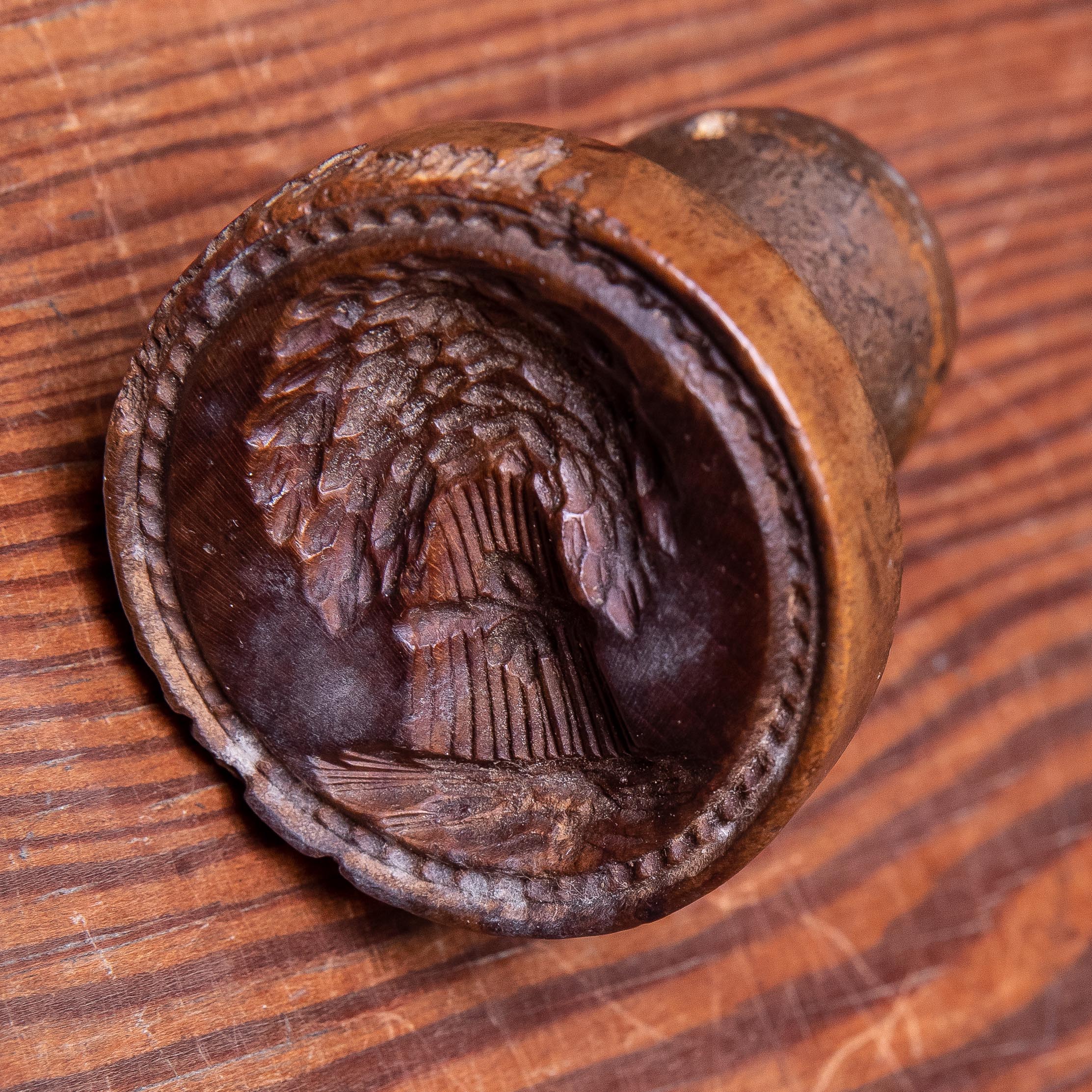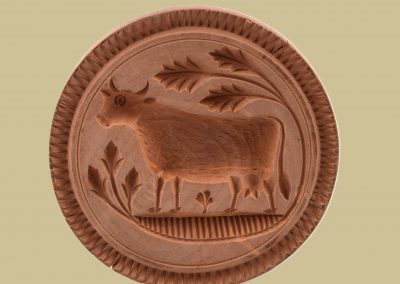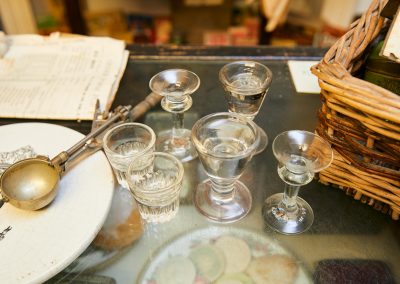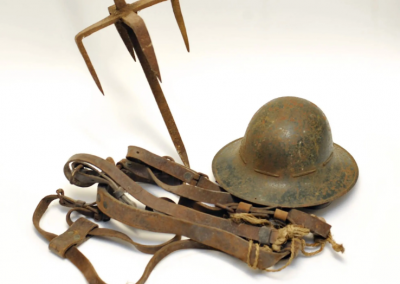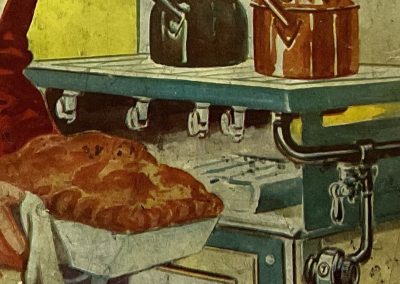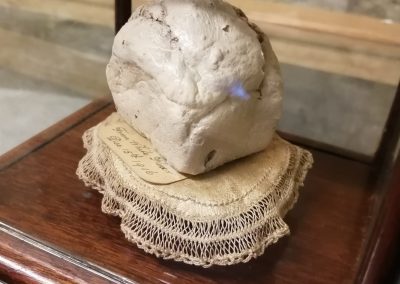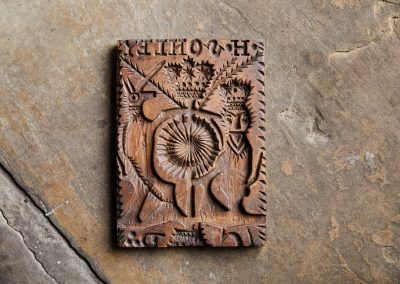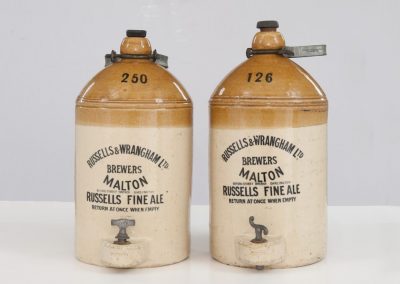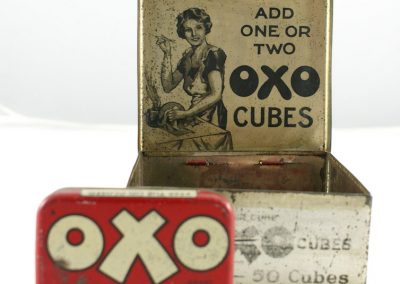Discover the history of butter-making
Victorian Butter Stamps
In commercial settings, they acted as a label or mark to help customers to identify which farm the butter had come from and provide easy recognition of favoured farm produce. In homes, they were used as decoration and a reflection on the refined tastes of the homeowner.
They were often made from fine grained woods including sycamore which did not taint the flavour of the butter.
This example is part of the Annie Marchant Kitchen and Dairy Collection at Kiplin Hall and Gardens. Annie Marchant was an antiques dealer. She died in 2020, leaving her collection, along with the funds to care for it, to a museum. She had a particular passion for reusing and recycling, as well as growing and preserving produce after harvest, often reflected in the objects she collected.
Today, butter moulds and stamps have become collectible, especially those that are pre-Victorian, and are having a bit of a come back. Some chefs and restaurants now provide diners with beautifully-shaped butter or even butter sculpture.
This example is part of the Annie Marchant Kitchen and Dairy Collection at Kiplin Hall and Gardens.
Annie Marchant was an antiques dealer. She died in 2020, leaving her collection, along with the funds to care for it, to a museum. She had a particular passion for reusing and recycling, as well as growing and preserving produce after harvest, often reflected in the objects she collected.
Exploring designs
You can often find Victorian examples of butter stamps in museum collections. Their designs vary widely, often featuring agricultural imagery, like this example with a sheaf of wheat, from Ryedale Folk Museum in the North York Moors.
This mould has suffered slight damage, presumably as it was well used.
This lovely example from Ullapool Museum in the Highlands of Scotland features the Scottish thistle and a range of other decorative embellishments.
Making butter – an important product
Butter was the main fat used in a range of baking, including in pastry, as well as eaten on bread, so butter was much in demand. Extra was made during the summer months when cows were producing more milk, to be stored for the winter. Before the job was mechanised, creating butter from milk was a labour-intensive process, almost always carried out by women.
A glass butter churn with a wooden paddle gives us a glimpse into how it was done, also from the Annie Marchant Collection at Kiplin Hall and Gardens.
The dairy maid would milk the cows, carry the pail inside and strain it to remove impurities. It would be left next to stand in shallow dishes to allow the cream to rise over the course of the following day or two. This cream, once skimmed from the milk, could then be churned for butter by moving the paddle moved back and forth vigorously. The set butter was scraped out, leaving the buttermilk for drinking or baking.
This churn would have been considered a luxurious alternative to the simple and more usual barrel which was operated with a plunger worked up and down.
Different designs of churn
This butter churn is very similar to the Victorian design, but the different materials, metal instead of wood, reflect that it is from a later period.
This churn from Ullapool Museum, with its rotating paddle operated by turning the handle, dates from the period of World War Two. It would have been used within a rural Highland home to make butter quickly, as needed. Nowadays, it would almost certainly never occur to us to make our own butter in this way, although the process isn’t complicated.
Do you think you’d be impressed if someone presented you with butter stamped with this design?
Do you think a butter stamp like this took much skill to carve? Why / why not?
Butter stamps are becoming more popular again. What design would you put on one if you were designing it? Why?
in 1861, Mrs Beeton’s Book of Household Management prescribed that great care should be taken of the butter mould: ‘They should be kept scrupulously clean and, before the butter is pressed in, the moulds should be scalded.’ Do you agree this would be important? Why/ why not?
Annie Marchant was passionate about her collection. Do you collect anything, or would you consider starting a collection? Do you think it will be of interest to a museum in the future?
Why do you think we don’t make our own butter nowadays?
Vocabulary
Scalded: immersed in boiling water
Motif: a decorative image or design
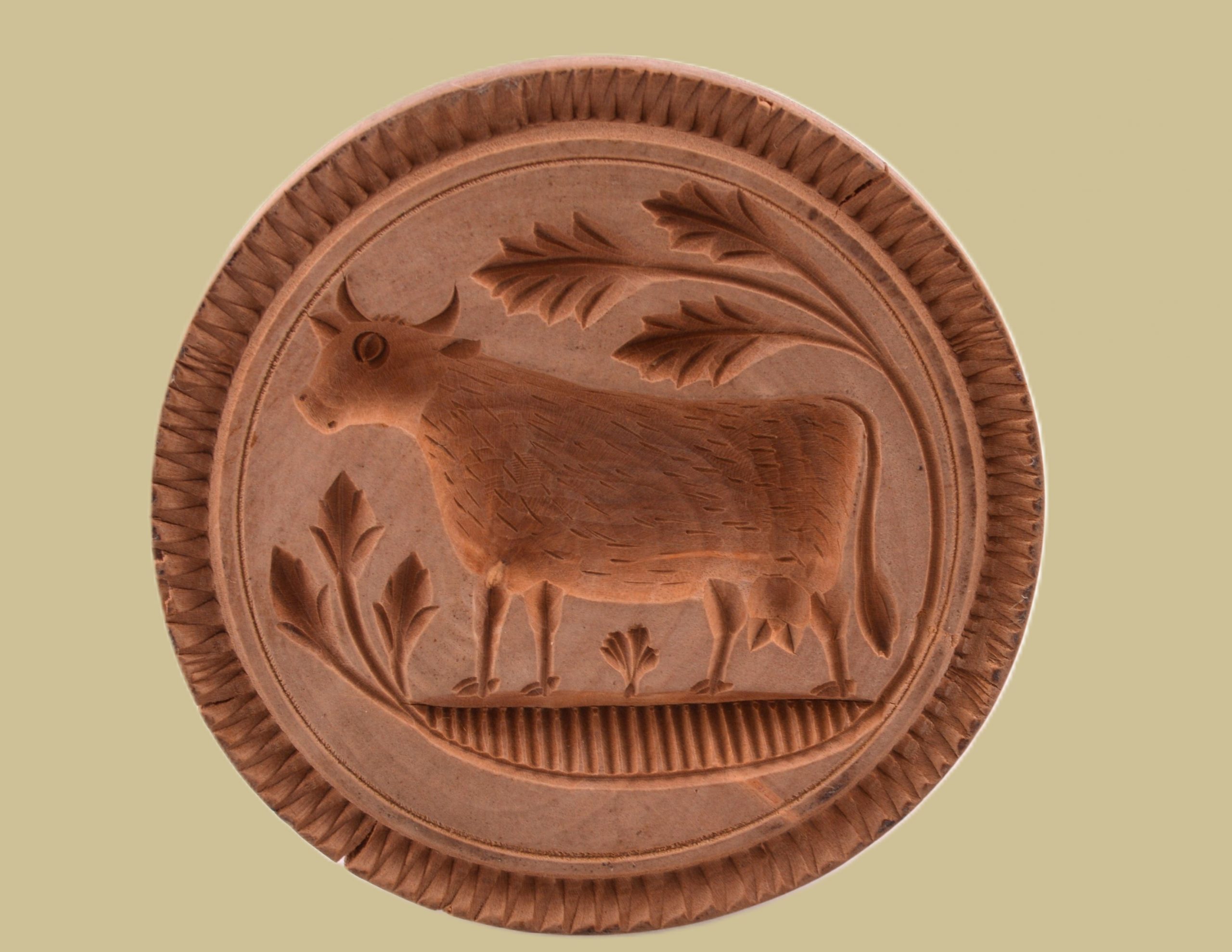

In the Classroom
Hotseat
Interview a student in role as a dairy worker about their job. What aspects do they like? What do they find hard work?
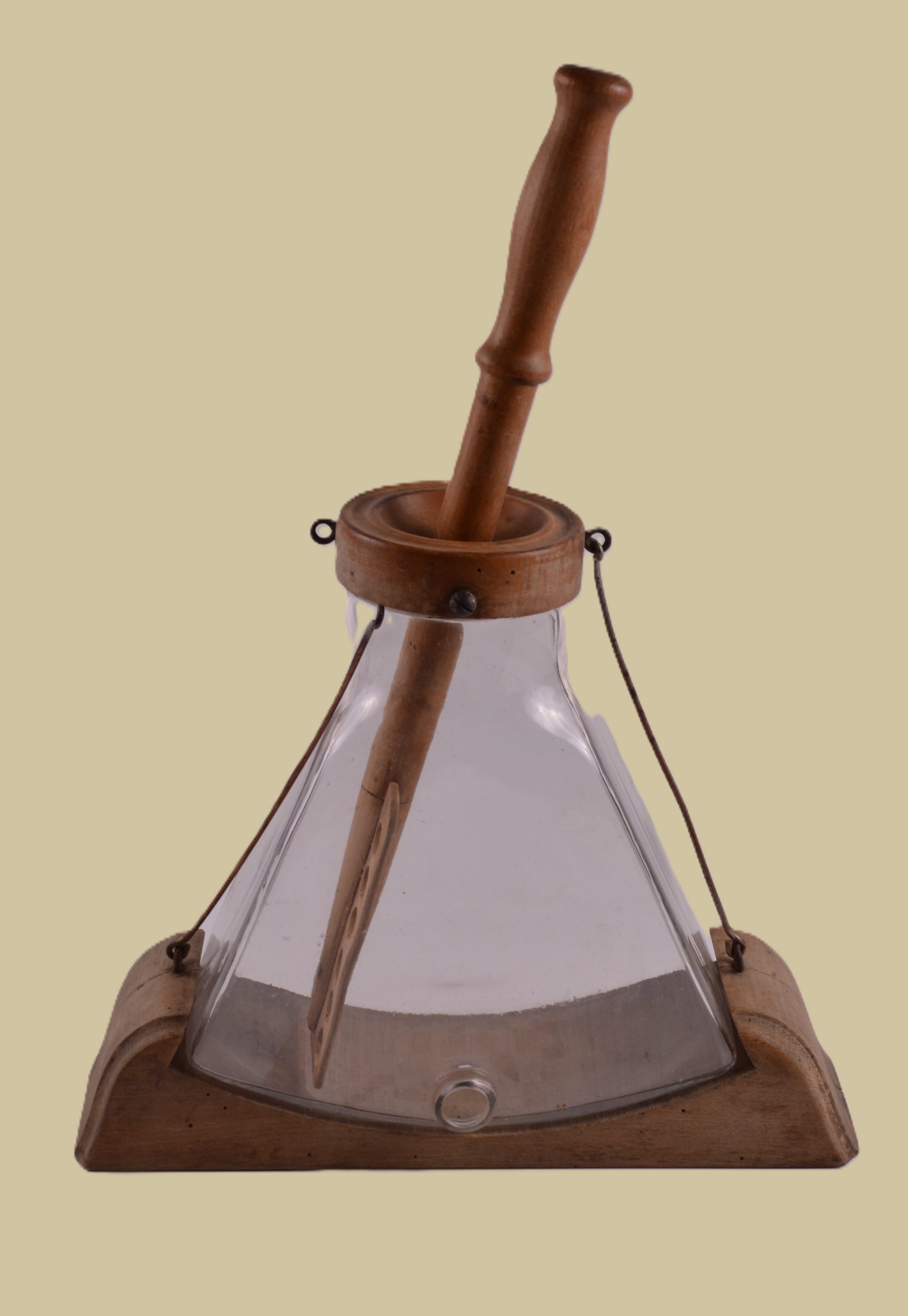
Hands on History
Discover more about Kiplin Hall and Gardens, or pay them a visit to see more of the Annie Marchant Dairy Collection.
Explore more than 300 objects from Highland collections on Museum of the Highlands.
Click on the pins on the map to learn more about the places which have these objects within their collections.

